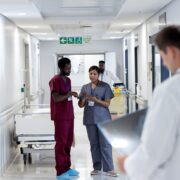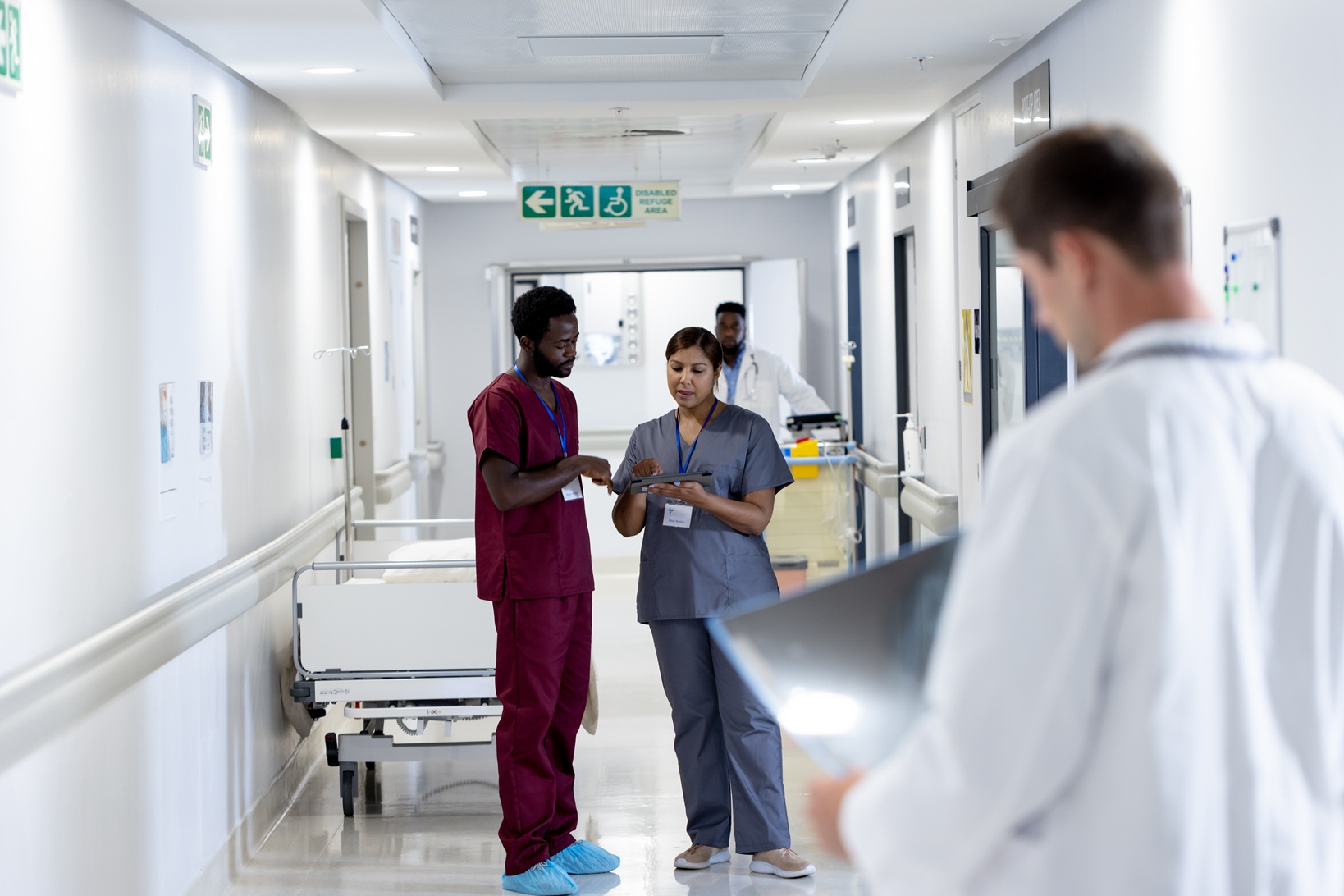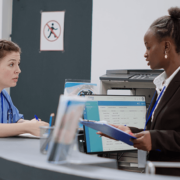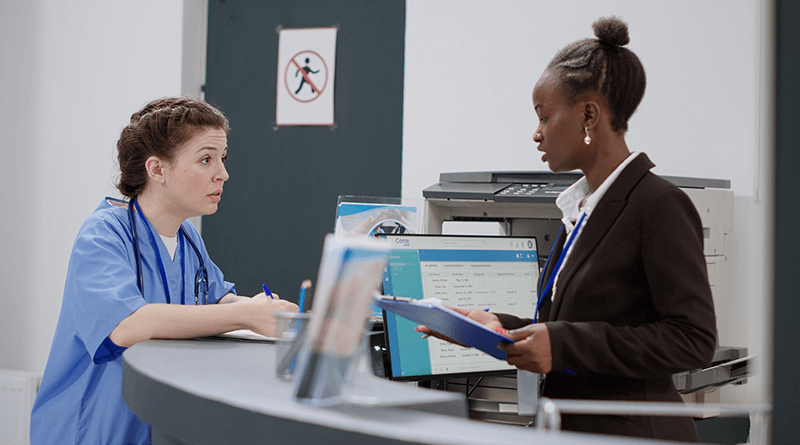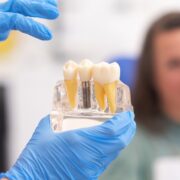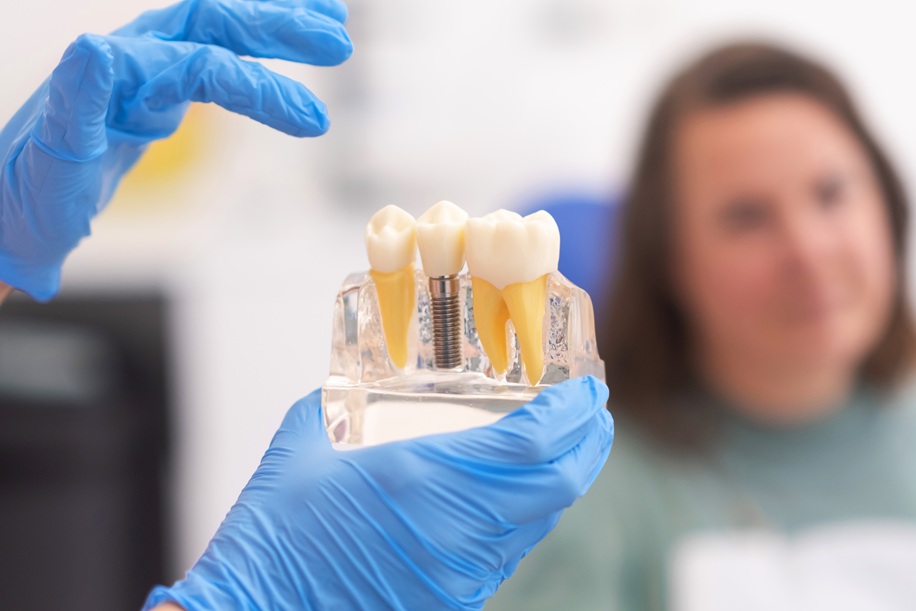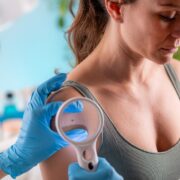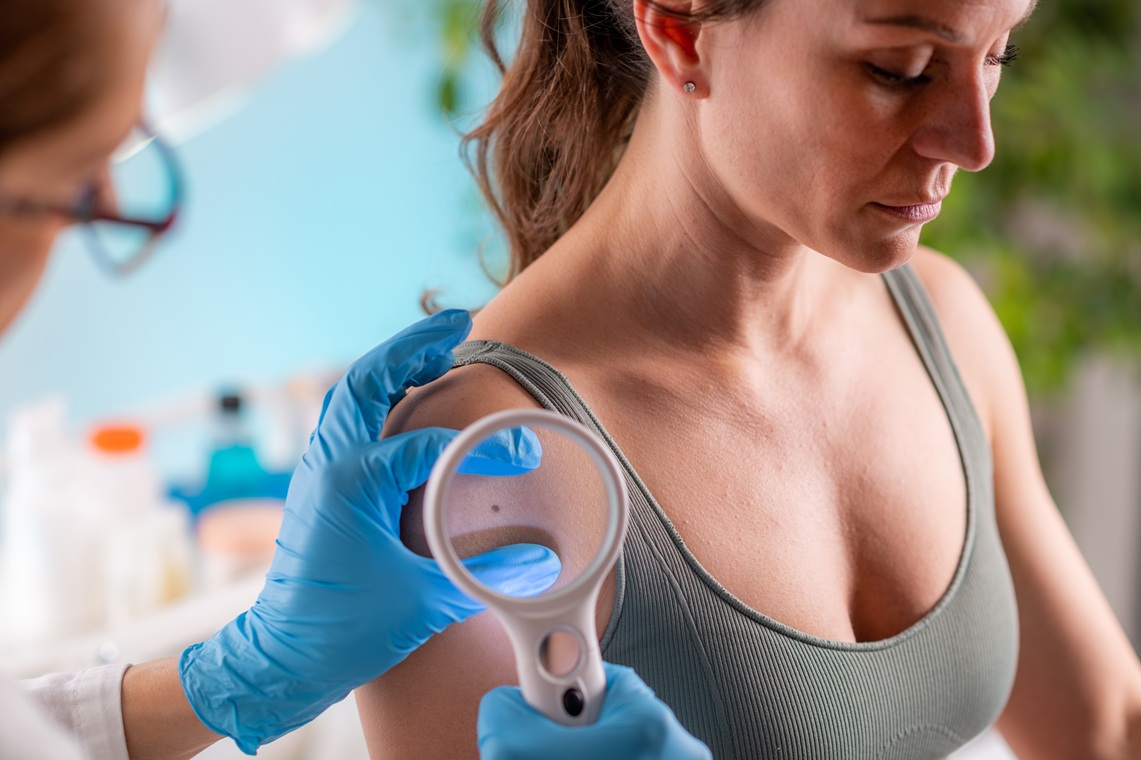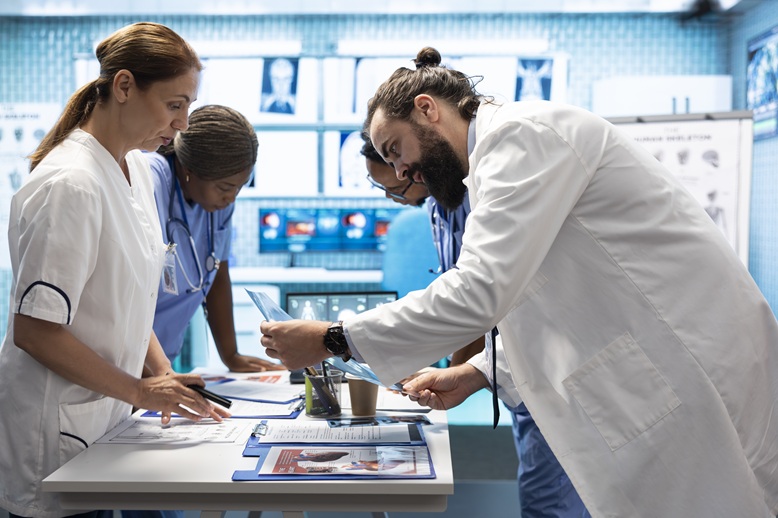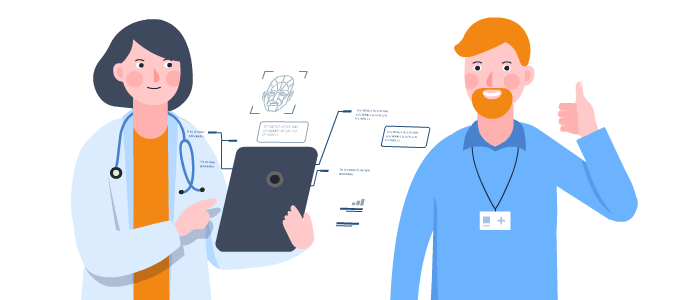Fast-Tracking Your Nursing Career- How to Meet with Today’s Patient Care Demands
Nursing is one of the most rewarding career paths in healthcare and beyond. However, some people understandably feel intimidated by the time commitment and the responsibilities that come with nursing. That said, the rewarding nature of helping people in their time of need is worth each busy day.
Getting your foot in the door is naturally the first hurdle. After doing so, you’ll find a unique learning curve that is unique to a field built upon interacting with and caring for patients in need. Follow along as we explore how to fast-track your nursing career and meet your patients’ needs after entering the workforce.
Take the First Step on Your Nursing Journey
Starting a nursing career can be intimidating regarding the time and financial implications of getting a degree. Of course, you must work hard to earn a degree and undergo clinicals, but you don’t need to pursue advanced degrees endlessly. Today, the fastest way to become a nurse is to pursue an Associate Degree in Nursing (ADN).
An ADN can let you enter the nursing field quickly and start earning money. From there, you can pursue other nursing degrees if you want to. However, the ability to work and earn money while pursuing advanced degrees is invaluable.
Some people don’t pursue advanced degrees, and that’s just as viable. Upon getting a nursing degree, you must put everything you’ve learned to practical use. This is when you must consider how to translate what you’ve learned into behaviors that will benefit your future patients.
How to Ensure You Meet Your Patients’ Demands
You can’t learn how to meet your patients’ demands in nursing school. That’s because this comes from practical experience, which takes time. However, you can start the journey toward meaningful patient interactions if you consider a few essential tips, such as:
-
Prioritize Active Listening
Have you ever visited a hospital or clinic and felt unheard? If so, you’re not alone, and that’s part of why many people don’t trust healthcare professionals. Active listening can go a long way in ensuring you meet your patients’ demands.
This is only possible if you go into each patient encounter with all your focus on them. Sometimes, giving patients your undivided attention is hard after a long day on your feet. However, active listening can ensure you understand everything your patient needs.
This can include body language and expressions, as some people cannot easily articulate their symptoms and concerns. Ask questions as needed to understand their situation and symptoms as well as possible. Your patients will know that you care, and that alone is enough to relax them in many cases.
-
Learn How to Articulate
Nurses have a lot of medical knowledge that the average person may not understand. Because of that, you can’t necessarily talk to patients the same way that you would talk to coworkers. Learning how to articulate information in a way that your patients will understand is critical to providing proper care.
The average patient cannot understand advanced medical language, so you must find other ways to explain things. You can use medical language, but you must also break it down into simple terms to help them understand what it means. It won’t take long to figure out the best ways to explain common symptoms, conditions, treatments, and medications.
You must also learn how to tell when your patients are lost and confused. The best way to do this is to encourage your patients to ask questions regarding your explanation. Concise articulation will eventually come naturally after many interactions with patients.
-
Exude Compassion
Few career paths are built upon compassion as much as nursing is. After all, your job is to care for people who are often in poor health or at least going in for a checkup. Hospital and clinic visits can be stressful and scary, and they need someone to calm their nerves.
As a nurse, you must exhibit your compassion at every step of the way during your patient interactions. Everything from your body language to the words you use can show patients how much you care. Otherwise, the interaction may come across as transactional.
-
Embrace Cultural Competence
Nurses owe it to their patients and employers alike to become as culturally competent as possible. After all, we live in a diverse world where people of all cultural and ethnic backgrounds have medical needs. By understanding cultural differences, you can properly care for patients of all backgrounds.
Reducing personal biases and recognizing biases among your peers is a big part of cultural competence. Doing so can help you understand the key similarities that all people share. It’s also important to advocate for diverse patients who may experience biases and unfair treatment within healthcare.
Learn as much as you can about the different cultures in your area, as you’ll likely care for patients who come from that background. That way, you can easily connect with patients and show them that you care.
-
Create a Safe Space
Free, open communication is essential for any healthcare interaction. Part of your job as a nurse is to ensure your patients feel comfortable sharing information with you, no matter how sensitive it is. That is only possible if you create a safe space for your patients.
Kind words, soft expressions, and an understanding demeanor can help put your patients at ease. Creating a safe space for your patients will only get easier with time.
Meet Your Patients’ Needs From Day One
After graduating from nursing school, you may feel intimidated about starting your career. However, you can start on the right foot if you prioritize what matters most: the patients. You can enjoy a long nursing career if you continually work toward creating a safe space for your patients and making your patients feel heard.
Active listening, compassion, and cultural competence can take you far in your career. Don’t fret if you struggle to adapt to the fast-paced nature of nursing right away. You’ll do great once you see how your approach to patient care affects people positively.





